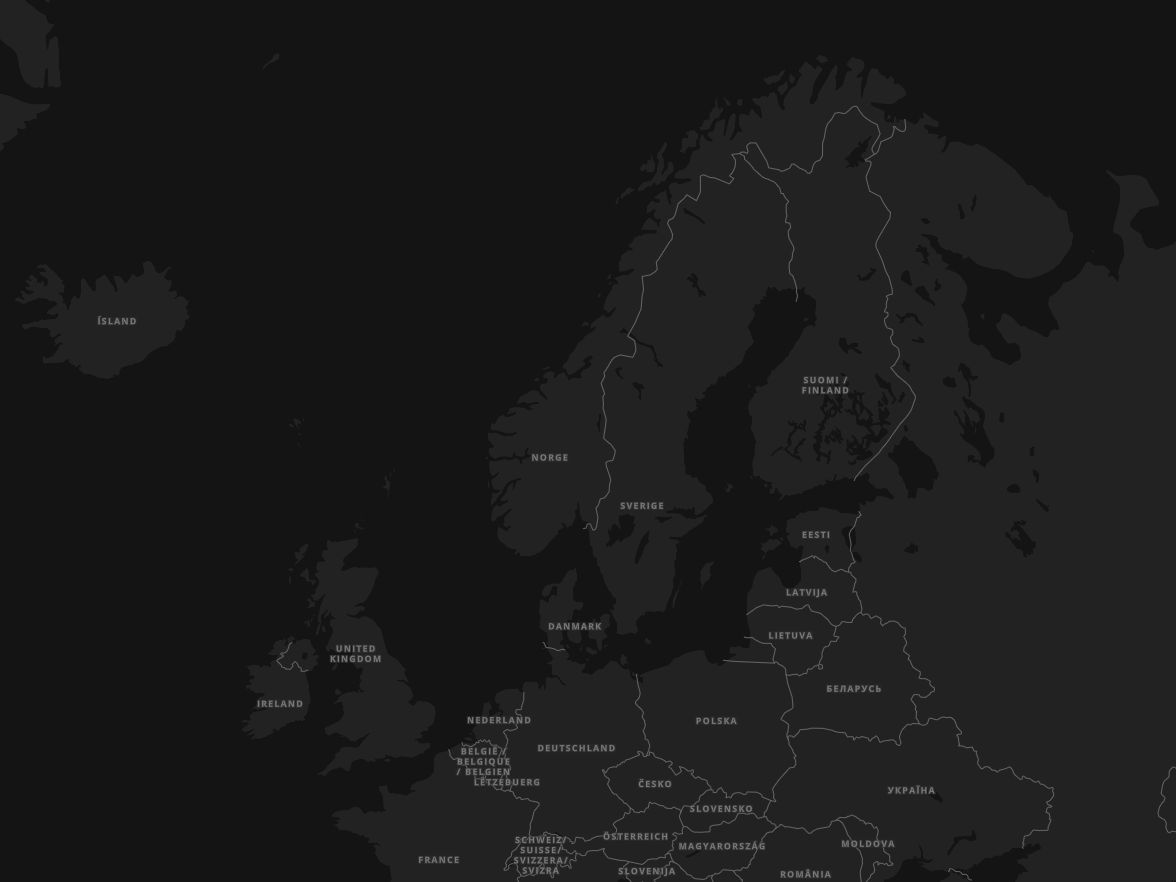On the regular satellite images, you can see an optimal combination of visible light and infrared satellite imagery. During the day, the satellite shows cloud images similar to what clouds look like from space with the naked eye but highly zoomed in. During the dark hours of the day, it switches to infrared satellite images, allowing you to still see cloud cover.
On the regular satellite images, you can see an optimal combination of visible light and infrared satellite imagery. During the day, the satellite shows cloud images similar to what clouds look like from space with the naked eye but highly zoomed in. During the dark hours of the day, it switches to infrared satellite images, allowing you to still see cloud cover.
The visible satellite shows cloud images as they are seen with the naked eye from space, but heavily zoomed in. So, you're looking down from space at how the cloud cover moves over the Earth. The visible satellite images are not usable during the night as the clouds are no longer illuminated by the sun.
The visible satellite shows cloud images as they are seen with the naked eye from space, but heavily zoomed in. So, you're looking down from space at how the cloud cover moves over the Earth. The visible satellite images are not usable during the night as the clouds are no longer illuminated by the sun.
With infrared satellite images, you can also see where clouds are moving and where clearings occur during the dark hours of the day. Especially high clouds associated with weather fronts and heavy showers are well distinguished on these images. The clouds are visible in white colors on the infrared images. During the day, the infrared images are less usable as the contrast decreases.
With infrared satellite images, you can also see where clouds are moving and where clearings occur during the dark hours of the day. Especially high clouds associated with weather fronts and heavy showers are well distinguished on these images. The clouds are visible in white colors on the infrared images. During the day, the infrared images are less usable as the contrast decreases.
During the dark hours of the night, the night microphysics satellite images allow for a good distinction between low cloud cover (yellow colors), mid-level cloud cover (pink colors), and high cloud cover (red colors). If you see a blue color, there is no cloud cover present, and it's clear. During the day, the microphysics images are less usable as all cloud cover takes on pink hues.
During the dark hours of the night, the night microphysics satellite images allow for a good distinction between low cloud cover (yellow colors), mid-level cloud cover (pink colors), and high cloud cover (red colors). If you see a blue color, there is no cloud cover present, and it's clear. During the day, the microphysics images are less usable as all cloud cover takes on pink hues.
On this satellite image, you can see a combination of satellite imagery (visible and infrared combined) and the precipitation radar. This allows you to see both clouds and precipitation approaching.
On this satellite image, you can see a combination of satellite imagery (visible and infrared combined) and the precipitation radar. This allows you to see both clouds and precipitation approaching.
Satellite





